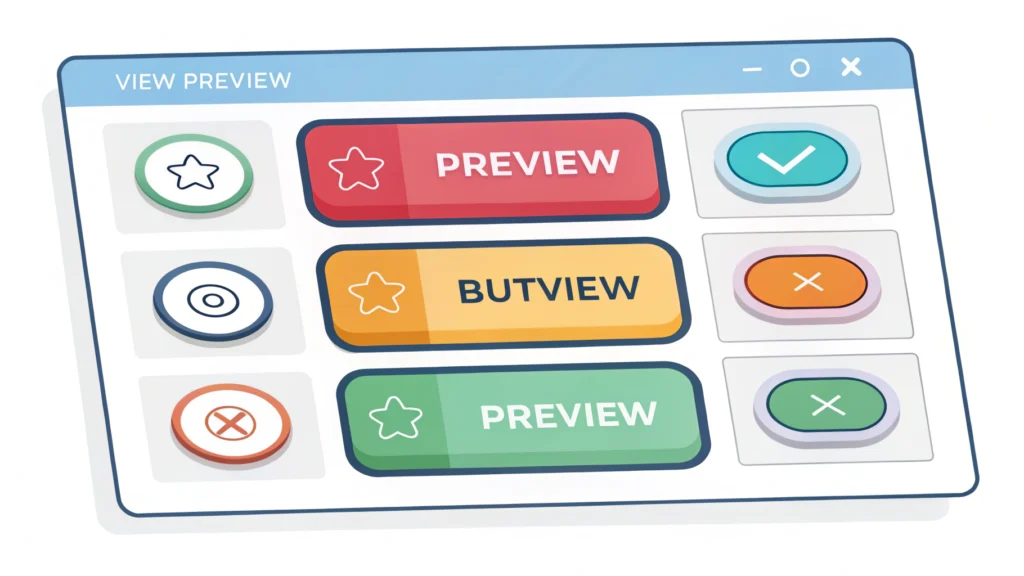Introduction
Implementing FAQ Schema in your blog posts is a powerful way to enhance your SEO efforts and improve user experience. Schema markup helps search engines understand your content better, which can lead to rich snippets in search results. In this guide, we will walk through the steps required to implement FAQ Schema effectively.
What is FAQ Schema?
FAQ Schema is a type of structured data that allows you to present frequently asked questions and their answers in a format that search engines can easily understand. This structured data is defined using JSON-LD format, which is recommended by Google.
Why Use FAQ Schema?
- Improves visibility in search results
- Enhances user engagement
- Increases click-through rates
- Provides direct answers to users’ queries
Step-by-Step Guide to Implementing FAQ Schema
Step 1: Identify Your FAQs
The first step is to compile a list of frequently asked questions relevant to your blog’s topic. You can gather these questions from:
- User comments
- Social media inquiries
- Keyword research tools
Step 2: Write Clear and Concise Answers
Each question should have a clear and concise answer. Aim for a brief explanation that directly addresses the question. This not only helps search engines but also improves user experience.
Step 3: Create JSON-LD Schema Markup
Next, you need to write the JSON-LD code for the FAQ Schema. Here’s a basic example:
{"@context": "https://schema.org","@type": "FAQPage","mainEntity": [{"@type": "Question","name": "What is FAQ Schema?","acceptedAnswer": {"@type": "Answer","text": "FAQ Schema is a type of structured data that helps search engines understand your content better."}}]}In this code:
@contextdefines the schema context.@typespecifies the type of schema, in this case,FAQPage.mainEntitycontains an array of questions and answers.
Step 4: Add the Markup to Your Blog Post
Once you have your JSON-LD code ready, add it to the <head> section of your blog post. You may use the HTML Minifier to ensure your code is clean and optimized.
Step 5: Test Your Markup
Before you publish, use Google’s Rich Results Test to check if your FAQ schema is implemented correctly. This tool will show you if there are any errors in your structured data.
Step 6: Monitor Performance
After publishing, it’s important to monitor your blog’s performance. Use tools like Google Analytics to track engagement metrics and see if your rich snippets are improving click-through rates.
Common FAQs about FAQ Schema
1. How long does it take for FAQ Schema to show in search results?
It can take anywhere from a few days to a few weeks for search engines to crawl and index your updated content with FAQ Schema.
2. Can I use multiple FAQ Schema markups on one page?
Yes, you can implement multiple FAQ Schema markups on a single page, but each must follow the correct JSON-LD structure.
3. Is FAQ Schema guaranteed to show up in search results?
No, implementing FAQ Schema does not guarantee that your content will appear as rich snippets, but it increases the likelihood.
Conclusion
Implementing FAQ Schema in your blog posts is an effective strategy to enhance your SEO and improve user engagement. By following the steps outlined in this guide, you can create structured data that helps search engines and users alike. For more tools and resources to improve your website, check out the WebToolsLab (All Tools).
